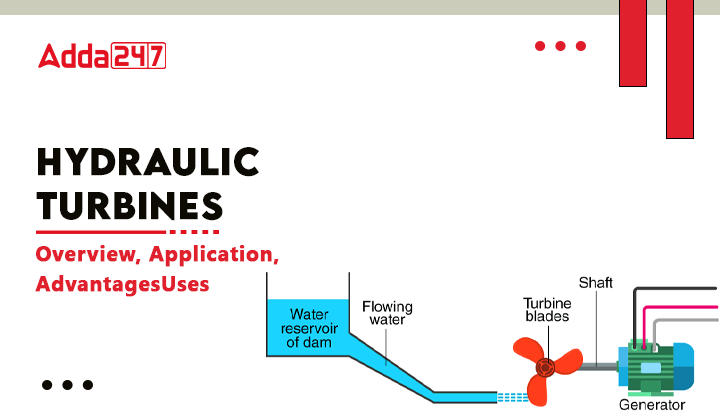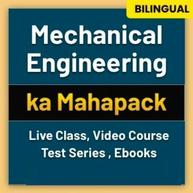Table of Contents
Hydraulic Turbines
Hydraulic turbines are devices that convert the energy of flowing or falling water into mechanical energy in the form of rotational motion. They are a crucial component in hydropower systems, which generate electricity from the kinetic and potential energy of water. Hydraulic turbines are commonly used in hydroelectric power plants and water distribution systems. These turbines operate on the principle of fluid dynamics and utilize the force of water to turn a rotor, which, in turn, drives a generator to produce electricity.
Classification of Hydraulic Turbines
Hydraulic turbines are classified based on various factors, including their design, working principles, and specific applications. The main classifications of hydraulic turbines are based on their design and flow characteristics. Here are the primary categories of hydraulic turbines:
Pelton Wheel Turbine
This type of turbine is used for high head (vertical drop) and low flow rate conditions. It consists of a set of spoon-shaped buckets mounted on the perimeter of a wheel. Water jets are directed onto the buckets, causing the wheel to rotate.
Francis Turbine
Francis turbines are versatile and suitable for a wide range of flow rates and head conditions. They have curved blades and operate under both low and high head conditions.
Kaplan Turbine
Kaplan turbines are used for low head and high flow rate conditions, such as in rivers with gradual slopes. They have adjustable blades to optimize performance under varying conditions.
Propeller Turbine
These turbines are similar to ship propellers and are used for low-head and high-flow rate conditions. They are commonly used in low-head hydropower plants and tidal power generation.
Cross-Flow Turbine
Cross-flow turbines, also known as Banki-Michell turbines, are used for small-scale hydropower applications. They have a distinctive cross-shaped runner and are suitable for low head and low flow rate conditions.
The choice of hydraulic turbine depends on factors such as the site’s water flow rate, head (vertical drop), and specific energy requirements. Hydraulic turbines are crucial components in the generation of renewable and clean hydropower, which is an important source of electricity in many parts of the world.
Hydraulic Turbines-Applications
Hydraulic turbines are used in various applications where the energy of flowing or falling water needs to be converted into mechanical energy, typically to generate electricity or perform mechanical work. Here are some common applications of hydraulic turbines:
- Hydroelectric Power Generation
- Irrigation
- Industrial Processes
- Water Treatment Plants
- Navigation Locks
- Wastewater Treatment
- Pumping Stations
- Mining
- Research and Testing
- Renewable Energy Projects
- Recreational Facilities
The choice of a hydraulic turbine for a specific application depends on factors like the available water flow rate, head (vertical drop), and the desired output of mechanical energy or electricity. Different types of turbines are designed to optimize performance under various conditions, making them versatile tools for harnessing hydropower.
Advantages of Hydraulic Turbines
Hydraulic turbines offer several advantages, making them a preferred choice for various applications that involve harnessing the energy of flowing or falling water. Here are some of the key advantages of hydraulic turbines:
- Renewable Energy Source: Hydraulic turbines utilize the energy of moving water, which is a renewable and sustainable energy source. As long as water resources are available, the turbines can generate electricity or provide mechanical power continuously.
- Clean and Environmentally Friendly: Hydropower, generated by hydraulic turbines, produces minimal greenhouse gas emissions and air pollutants, contributing to cleaner air and a reduced carbon footprint compared to fossil fuel-based power generation.
- High Efficiency: Hydraulic turbines can achieve high levels of energy conversion efficiency. Modern turbine designs and technology enhancements have improved efficiency and reduced energy losses.
- Adaptability: Hydraulic turbines can be designed and selected to match the specific flow rates and head (vertical drop) conditions of a site, making them adaptable to a wide range of locations, from high-head dams to low-head river environments.
- Low Operating Costs: Once installed, hydraulic turbines typically have low operating and maintenance costs. The primary expense is associated with the initial installation and infrastructure.
- Reliability and Durability: Well-designed hydraulic turbines are known for their reliability and long service life. They can operate continuously for many years with minimal downtime.
- Energy Storage and Grid Stability: Some hydropower plants incorporate energy storage by using excess electricity to pump water to higher elevations, effectively storing energy for later use. This contributes to grid stability and balancing.
- Flood Control and Water Management: Hydropower plants with adjustable turbines can be used for flood control by regulating water levels in reservoirs and rivers, helping to mitigate flood risks.
- Water Resource Management: Hydraulic turbines are often integrated into water resource management systems to ensure efficient water distribution for irrigation, municipal water supply, and industrial processes.
- Localized Power Generation: Small-scale hydropower systems with hydraulic turbines can provide electricity to remote or off-grid areas, improving energy access in rural communities.
- Reduced Energy Costs: Hydropower can help stabilize and lower energy costs, which can have economic benefits for industries and consumers.
While hydraulic turbines offer numerous advantages, it’s essential to consider site-specific factors and environmental impacts when planning and implementing hydropower projects to maximize their benefits and minimize potential drawbacks.







 RSMSSB Informatics Assistant Final Resul...
RSMSSB Informatics Assistant Final Resul...
 BHEL Artisan Recruitment 2025 Notificati...
BHEL Artisan Recruitment 2025 Notificati...
 AAI NR Region Apprentice Recruitment 202...
AAI NR Region Apprentice Recruitment 202...









